
test article
One of modern American government’s most notable features has been the relentless growth of the administrative state. The massive discretion the now discredited doctrine of Chevron v. NRDC (1984) gave to administrative agencies largely fueled that growth. Testing link types updates below. Updating item now again
Constitutionalism
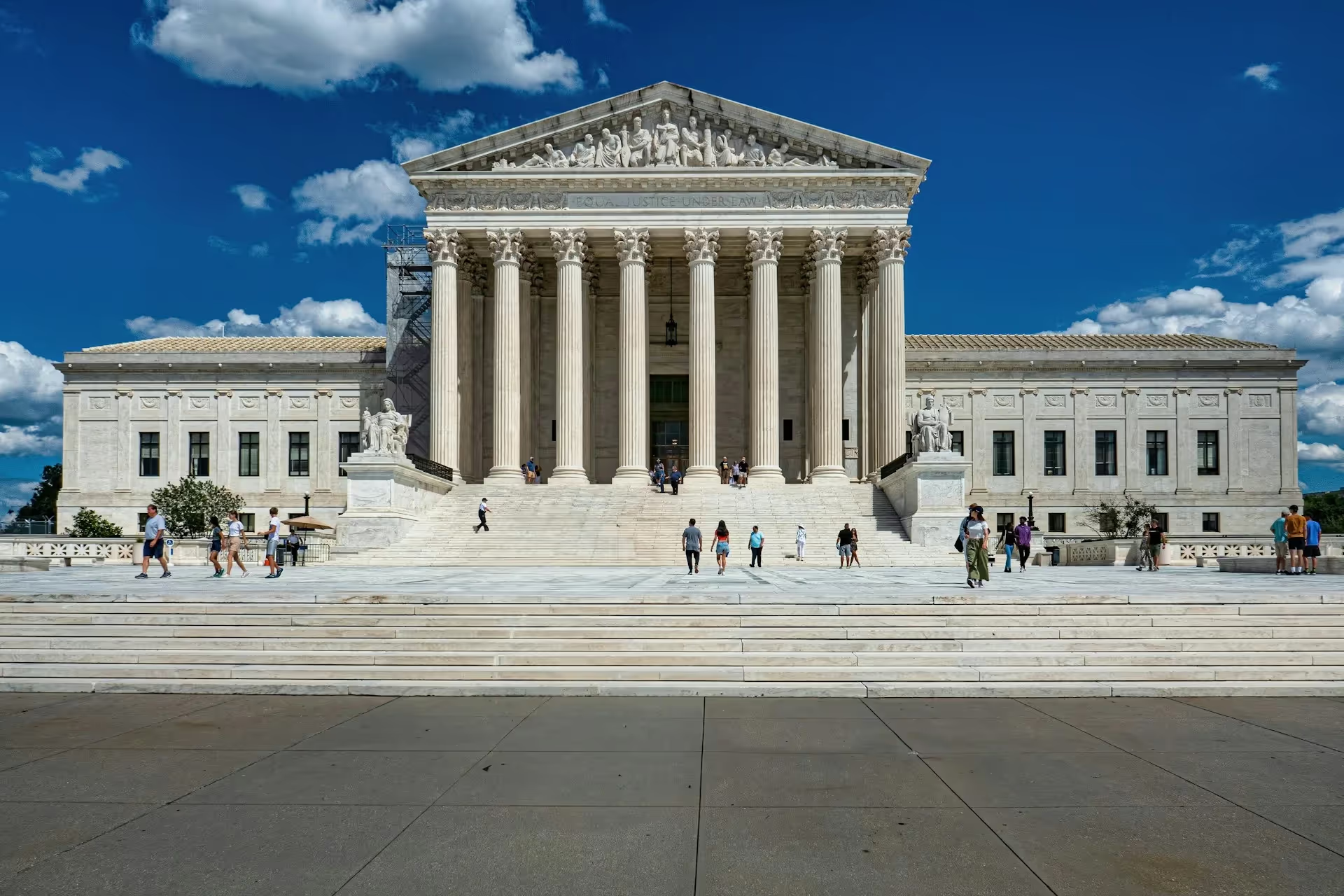
Amicus Brief: Hon. William P. Barr and Hon. Michael B. Mukasey in Support of Petitioners
Former AGs Barr and Mukasey Cite Civitas in a SCOTUS Brief

Rational Judicial Review: Constitutions as Power-sharing Agreements, Secession, and the Problem of Dred Scott
Judicial review and originalism serve as valuable commitment mechanisms to enforce future compliance with a political bargain.

What’s Wrong with a Military Campaign Against the Drug Trade
Trump’s boat strikes against the cartels risk crossing the line between law enforcement and war.
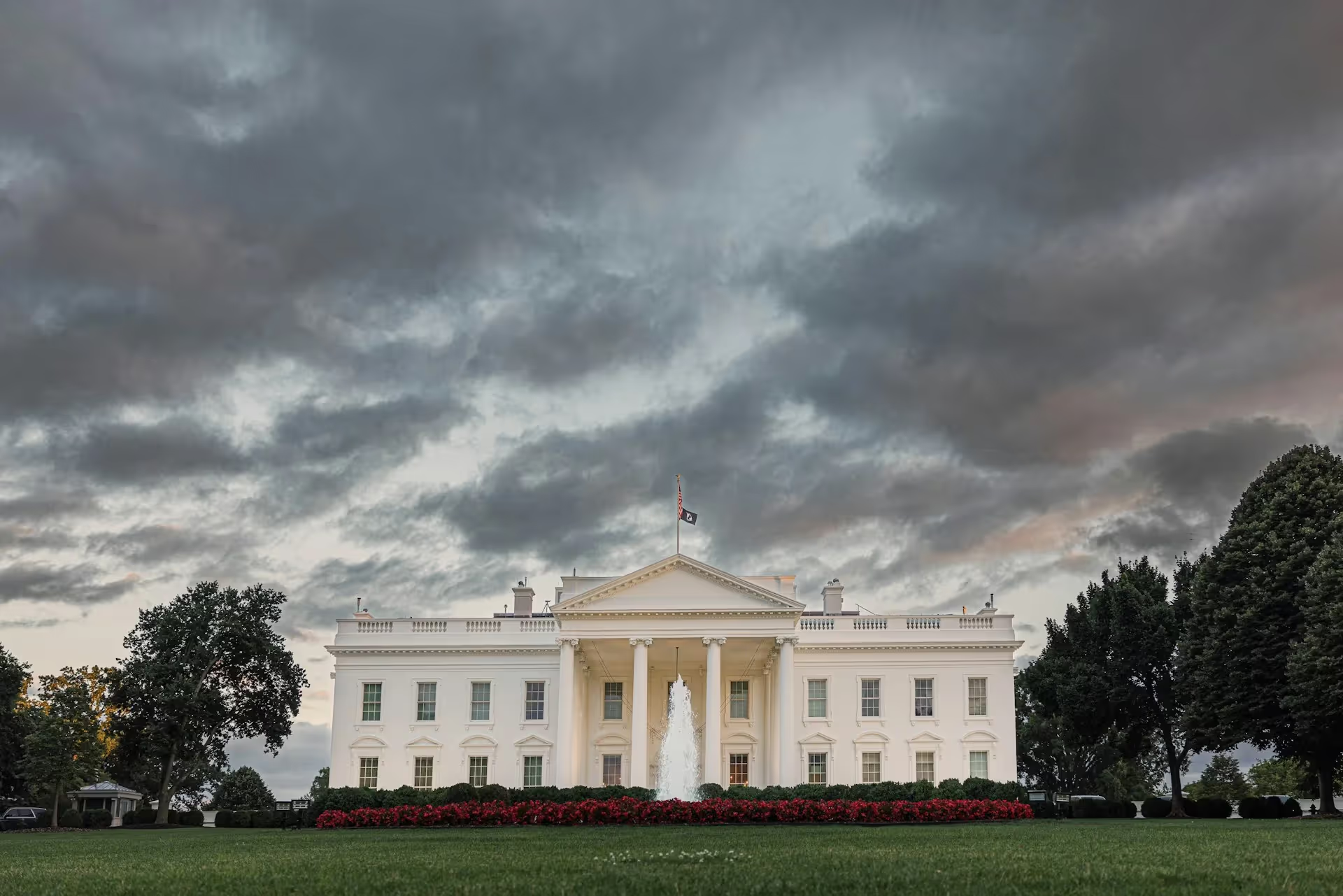
The Long History of Presidential Discretion
The Framers did not expect Congress to preauthorize every use of force or to manage military campaigns.
.webp)
Chadha’s Mistakes and the Diminished Congress
The Chadha decision fueled the executive ascendancy that Chevron soon cemented, leaving Congress weakened in its wake.
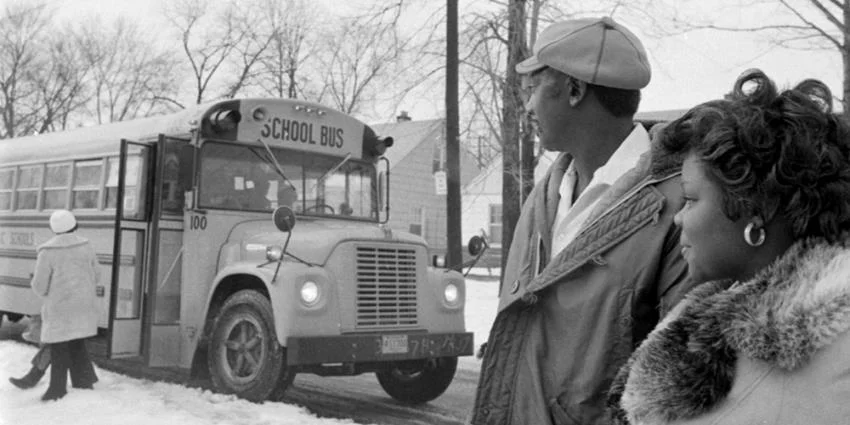
The Myth of Milliken
Shep Melnick evaluates Michelle Adams' new scholarly attempt to return Milliken v. Bradley and the story of Detroit school busing to the court of public opinion.

.avif)

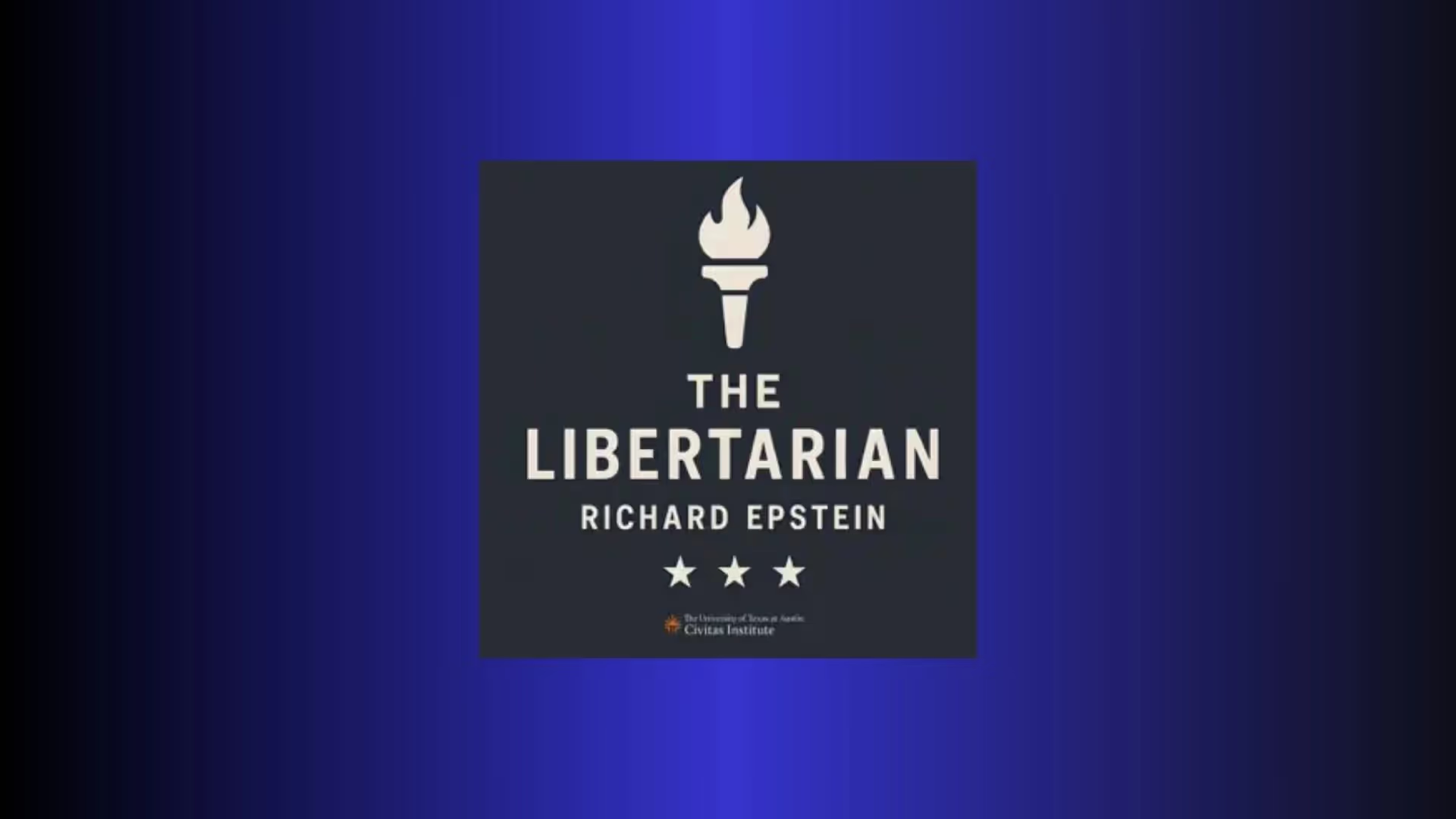
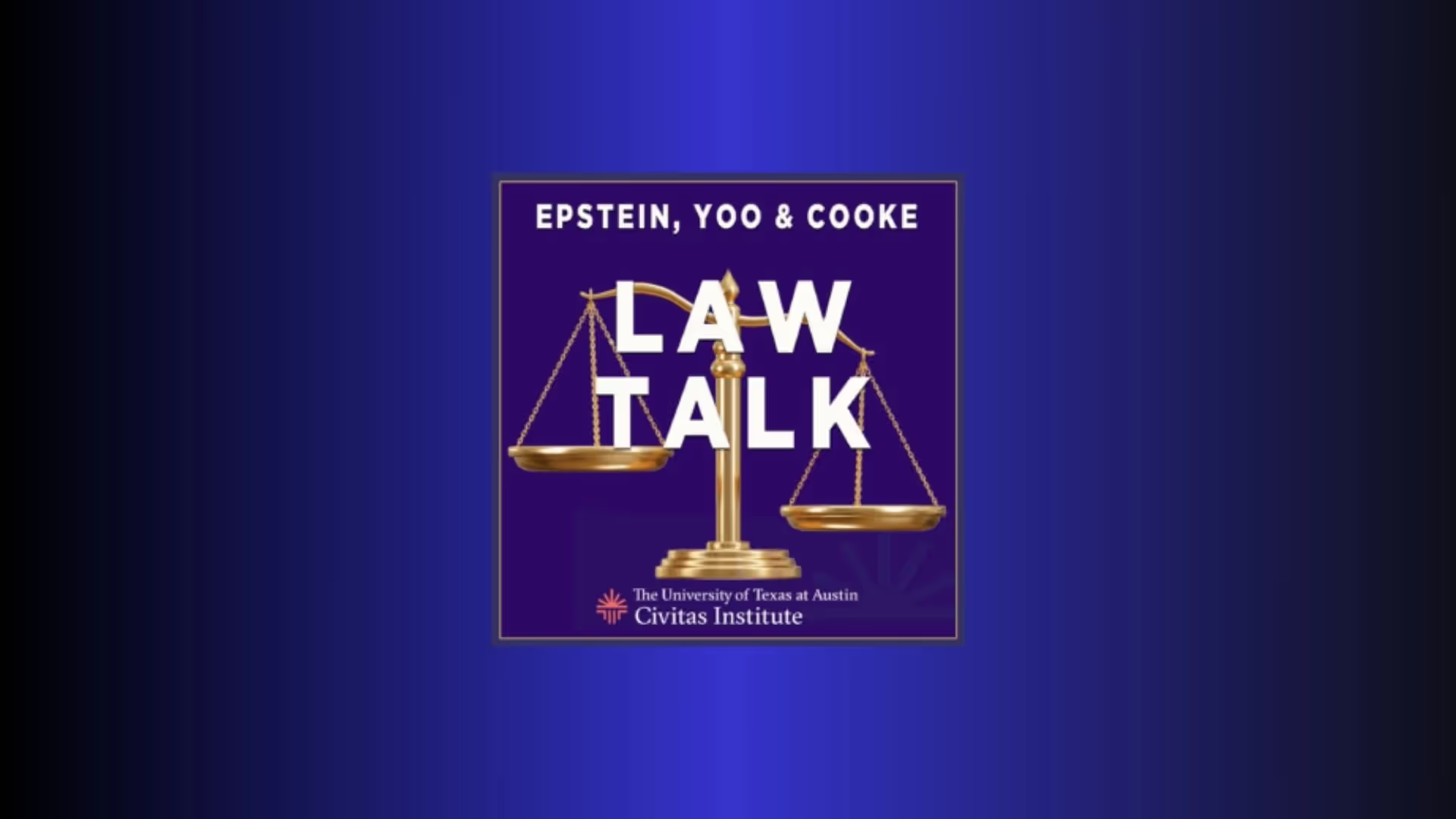



.avif)
.avif)

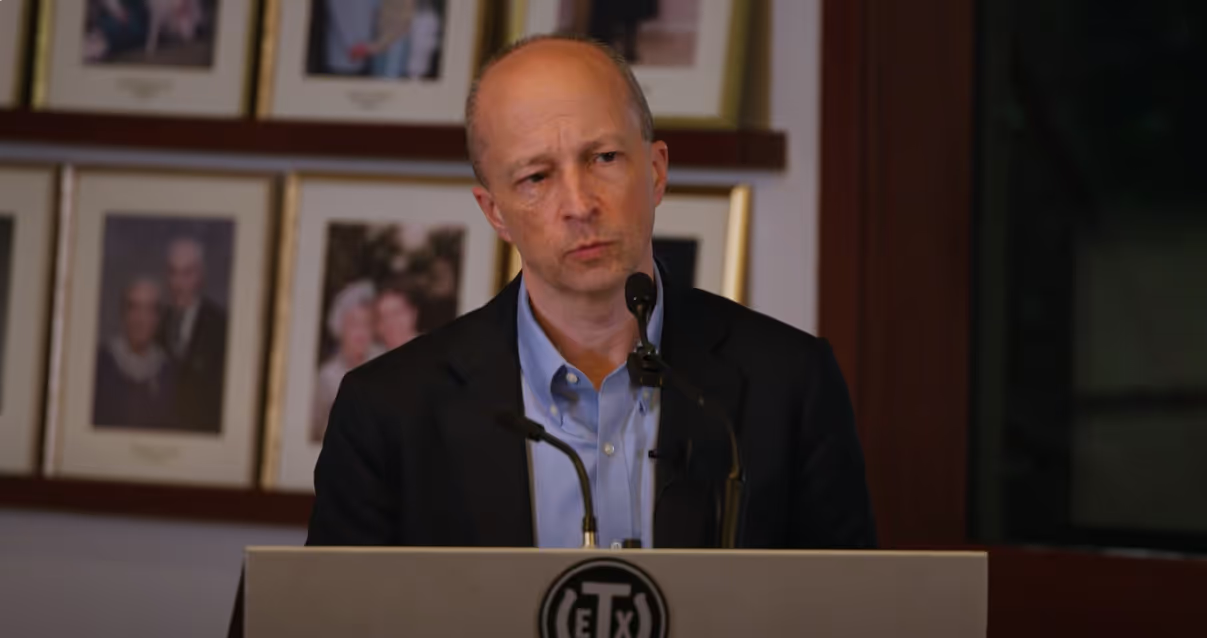

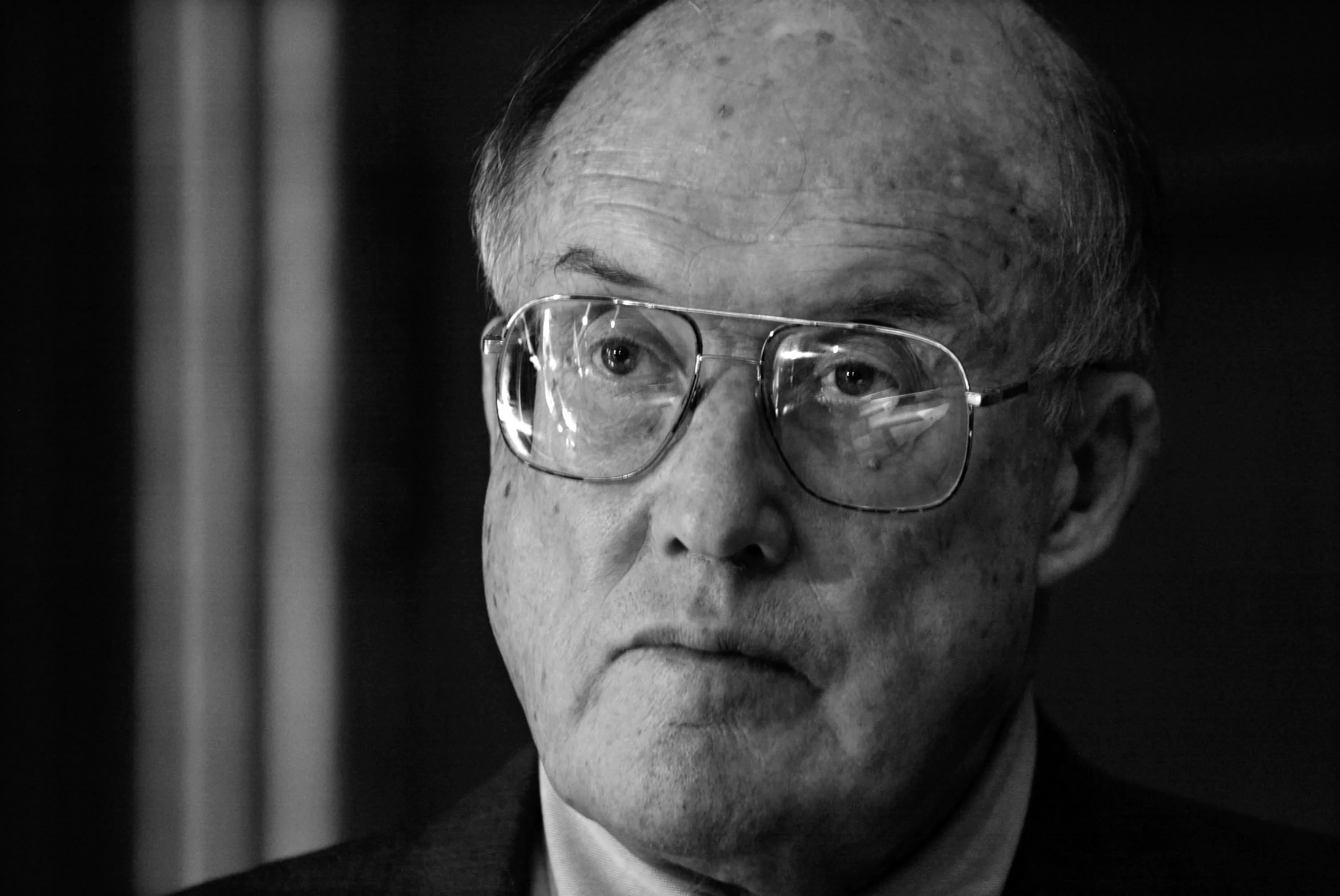
.webp)

